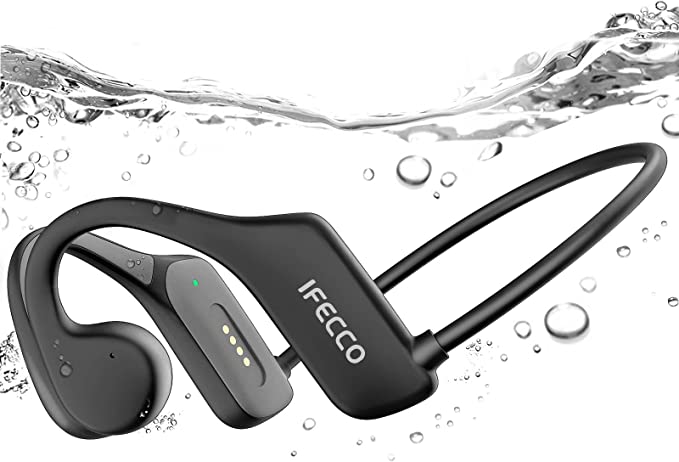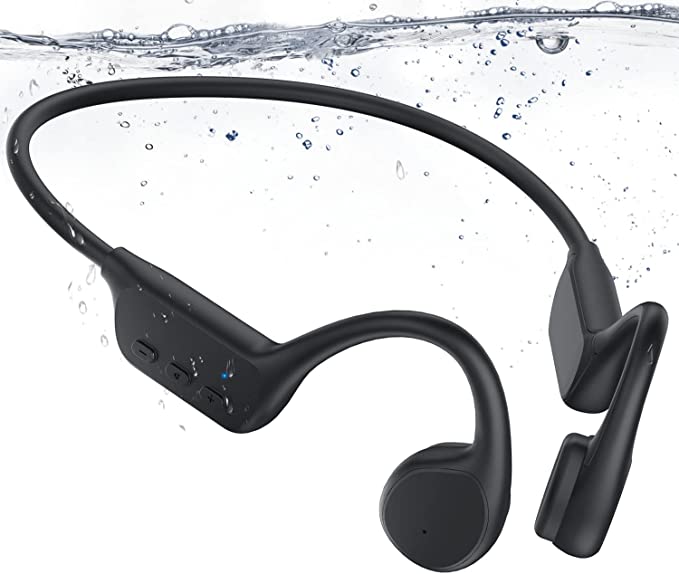The Modern Key Ring: A Strategic Guide to Multi-Modal Smart Lock Access
Update on Oct. 20, 2025, 6:56 a.m.
For centuries, our concept of home access has been dictated by the limitations of the physical key. One lock, one key. If you needed to grant access to more people, you simply duplicated the key, creating a permanent, unmonitored security risk with every copy handed out. The smart lock promised to change this, but early models often just replaced the metal key with a single digital equivalent—a passcode or a Bluetooth signal. The true revolution, however, lies not in merely digitizing the key, but in completely reimagining the key ring itself.
A modern, multi-modal smart lock, like the MDH 6-in-1 model, isn’t just a lock; it’s an access management platform for your home. It presents you with a versatile digital key ring, holding a collection of specialized tools—facial recognition, a fingerprint sensor, passcodes, IC cards, a mobile app, and even a traditional key. The genius of this design is not simply in having more options, but in the ability to deploy the right key for the right person and the right scenario. This requires a shift in thinking: from “how do I open my door?” to “who do I want to open my door, when, and how?”

The Core Family: The Need for Speed and Simplicity
Scenario: It’s Tuesday afternoon. You’re returning from work, juggling grocery bags and a laptop case. Your teenager is racing home from soccer practice, eager to drop their bag and grab a snack. In these daily, high-frequency moments, access needs to be instantaneous, unconscious, and frictionless.
Primary Tools: 3D Face Recognition & Fingerprint
This is the domain of high-speed biometrics. For the primary residents of a home, the goal is to eliminate the “key” as a concept entirely. With 3D facial recognition, the act of simply looking at your door as you approach is the act of unlocking. There is nothing to remember, carry, or even touch. It is the pinnacle of convenience. Similarly, a well-placed capacitive fingerprint sensor allows for a single, swift touch to grant access as you reach for the handle. A study in the Journal of Building Engineering highlighted that user preference for unlocking methods is heavily context-dependent, with biometric options being highly favored when users’ hands are occupied. For the core family, these methods provide secure, logged access that integrates seamlessly into the flow of daily life without a moment’s thought.
The Extended Circle: Managing Trust for Guests and Friends
Scenario: Your close friend is arriving in town an hour before you get home from work. Or, your parents are coming to stay for the weekend to look after the kids. Giving them a permanent physical key is a security risk, and sharing your master passcode compromises your own access credentials.
Primary Tools: Temporary Passcodes & IC Cards
This is where the digital key ring demonstrates its flexibility. Through the lock’s companion app, you can generate a temporary numeric passcode that is only valid for a specific duration—be it for a few hours or a few days. You can send this code via a simple text message. Your friend gets in, and once the designated time expires, the code is automatically deactivated. There is no key to return and no lingering security vulnerability. For recurring, trusted visitors like a grandparent, a programmable IC card (using RFID technology) can be an even simpler solution. They can keep the card in their wallet, and you can activate or deactivate its access permissions remotely via the app, granting them access only on the days they are expected. This is trust, managed with digital precision.
The Service Economy: Secure Access for Deliveries and Professionals
Scenario: You receive a notification that a long-awaited package has arrived, but you’re stuck in a meeting across town. Or, it’s Thursday, the day the dog walker or cleaning service is scheduled to arrive. Leaving a key under the mat is a relic of a less secure era.
Primary Tools: App-based Remote Unlock & Video Verification
This scenario showcases the power of a connected, camera-equipped smart lock. When the delivery driver presses the integrated doorbell, you receive a notification on your smartphone. You can see and speak to them in real-time through the HD video feed. Once you have visually verified their identity, you can press a button in the app to unlock the door remotely. They can place the package securely inside, and you can re-lock the door the moment they leave. This on-demand, supervised access is becoming crucial with the rise of in-home delivery services from companies like Amazon and Walmart. For a trusted professional like a cleaner, you can combine methods: issue them a code that only works on Thursdays between 10 AM and 12 PM, and receive an automatic notification with a photo or log entry when that code is used.

The Fail-Safes: Planning for the Unexpected
Scenario: The lock’s rechargeable battery finally runs out after months of use, and you’ve ignored the low-battery warnings. Or, in a rare digital glitch, the electronic systems become unresponsive.
Primary Tools: The Mechanical Key & Emergency Power
A well-designed smart lock acknowledges that technology is not infallible. The inclusion of a discreet mechanical key override is not a sign of weakness, but a mark of robust engineering. This is your ultimate safety net, ensuring you are never truly locked out of your home. Its role has changed from a daily tool to a disaster recovery plan, and it should be stored accordingly—perhaps with a trusted neighbor or in your car’s glove box, but never near the door itself. Furthermore, features like a USB-C emergency power port provide another layer of resilience. If the internal battery is dead, you can temporarily power the lock with a common power bank for a few moments, long enough to enter your passcode or use your fingerprint to get inside.
Conclusion: The Smart Lock as a Household’s Access Manager
The true value of a multi-modal smart lock is not measured by its number of features, but by the coherence of its strategy. It transforms the front door from a simple barrier into an intelligent, adaptable interface for your home. By thoughtfully assigning the right “key” from your digital key ring to each person and situation, you can dramatically enhance both the convenience and the security of your household. The best smart lock, therefore, is not the one with the longest feature list, but the one whose versatile toolkit best aligns with the unique, dynamic rhythm of your life.








